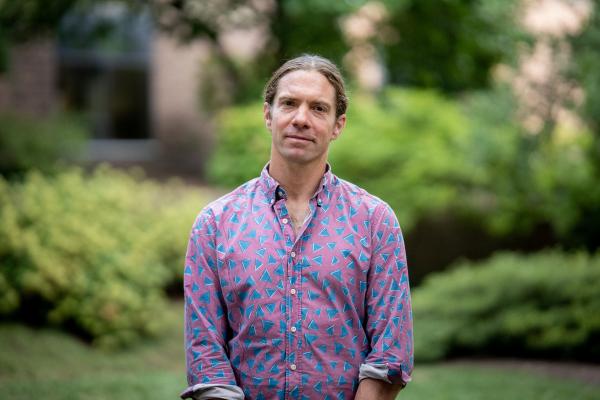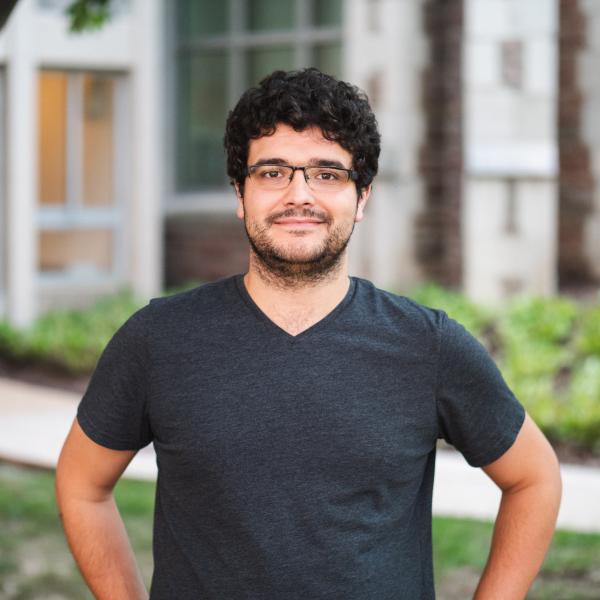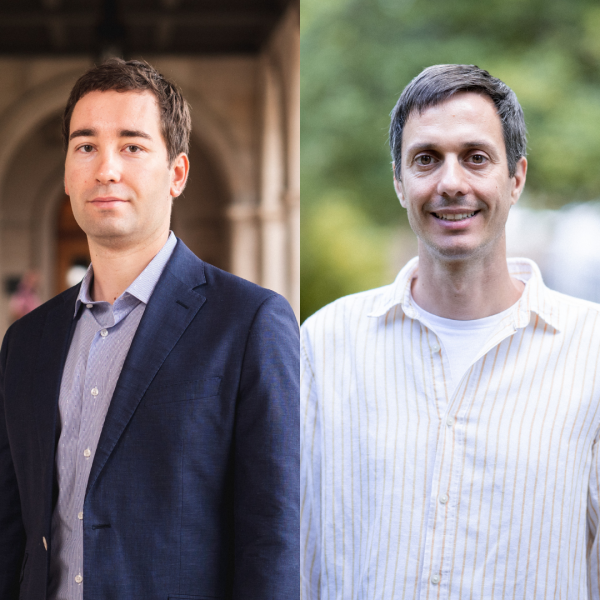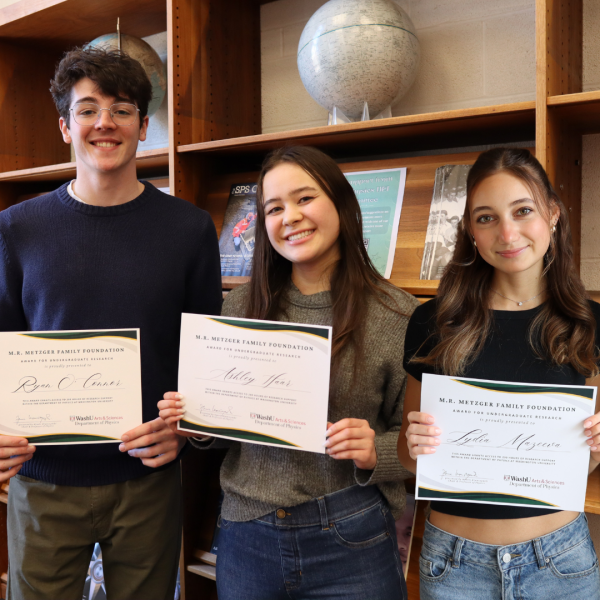A team of researchers including physics professor Kater Murch has found a shortcut to establishing a baffling phenomenon of quantum physics.
A team of researchers has found a way to speed up the creation of quantum entanglement, a mystifying property of quantum mechanics that Albert Einstein once described as “spooky action at a distance.”

The researchers behind the discovery include Kater Murch, the Charles M. Hohenberg Professor of Physics; Weijian Chen, a postdoctoral research associate in the Department of Physics; and Maryam Abbasi, a postdoctoral research associate in the Department of Chemistry. Their paper was featured on the cover of Physical Review Letters, a top journal in the field of physics.
Entanglement has baffled researchers — and nearly everyone who has ever read about quantum physics — since Einstein and colleagues first proposed it in the 1930s.
As Murch explained, a particle can exist in a “superposition” that combines different states, such as the excited state or a ground state. That’s a strange behavior of quantum particles, but it gets even spookier when physicists consider superpositions of two particles.

Over time, two particles that are near each other can become entangled, meaning they will always have corresponding states. Alone either particle has an equal chance of being excited or ground, but together they agree. In one possible scenario, if one entangled particle is found in the ground state, the other particle must instantaneously be in the excited state to match — even if it’s light years away. The concept has been proven through multiple experiments, but that doesn’t make it easy to comprehend. “It’s absolutely mind-blowing and it defies intuition,” Murch said.
In the new project, researchers used theoretical models inspired by previous experiments to find a shortcut to entanglement. “With some subtle tricks in quantum dynamics involving complex energies, we found a way to get quantum systems to become entangled dramatically faster than expected based on the strength of their interaction,” Murch said.

The shortcut is an extension of a 1998 finding by Carl Bender, the Konneker Distinguished Professor Emeritus of Physics. At that time, Bender described a new type of quantum system that could gain and lose energy. Such systems contain “exceptional points” — special parameter points where the relevant states of the system overlap with one another. Murch, Chen, and others found that particles become entangled much more rapidly if an exceptional point is nearby. “This model helps two weakly interacting particles to build entanglement,” Chen said.
Any approach that can speed up entanglement could have potential applications for quantum computers and other emerging technologies, Murch said. “When people talk about quantum technologies, they're largely talking about the ability for quantum systems to become entangled,” he said. “We're constantly looking for ways to controllably entangle systems.”
Such advances are a major goal of the Center for Quantum Leaps, a signature initiative of the Arts & Sciences Strategic Plan that aims to apply quantum insights and technologies to physics, biomedical and life sciences, drug discovery, and other far-reaching fields. Murch is co-director of the center, which has supported Chen’s research for several years.




